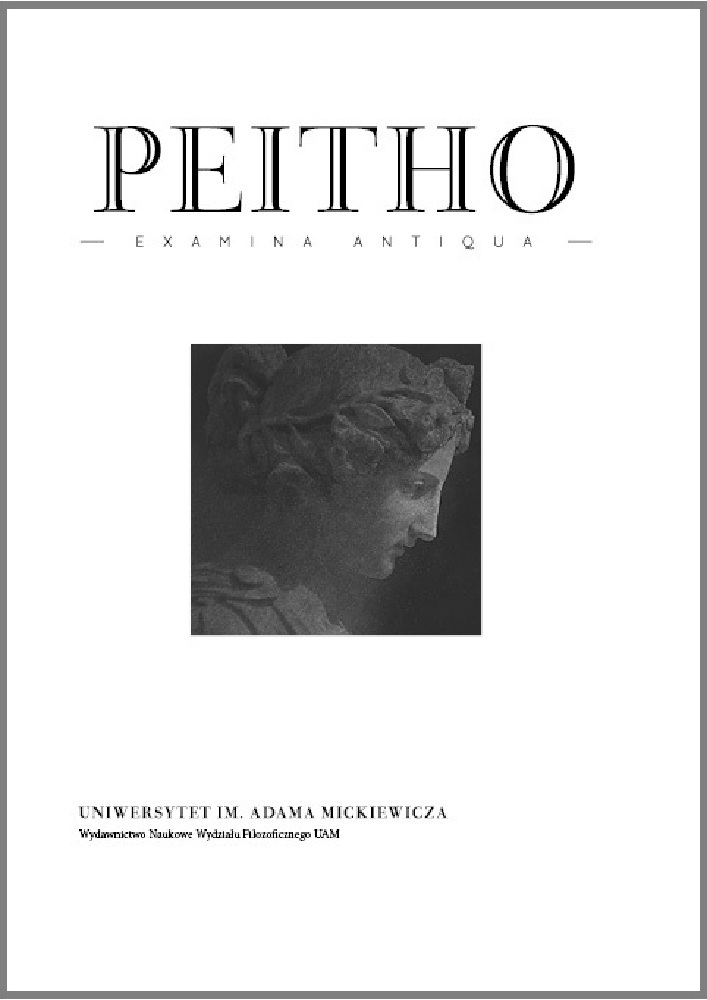Abstract
The aim of Pyrrhonism is deceptively simple: to achieve a state of ataraxia, of tranquility and relief from perturbation. But what is the extent of the ataraxia envisioned? Must the Skeptic admit a hard distinction between disturbances apparently related to belief and therefore subject to suspension of judgement, and extra-doxastic disturbances (e.g. everyday anxiety and frustration, or even hunger and fear) that are beyond the scope of the Skeptical method? In this paper I examine passages from Sextus’s Outlines of Pyrrhonism that indicate that such a distinction may not stand up to Skeptical scrutiny and that the Skeptical method does not only apply to “philosophical” speculative dogma or to “intellectual” perturbation, contra Barnes’s claim that the person who perceives the fewest anomalies may make “the perfect Pyrrhonist”. But I also, following Massie’s critique of unwarranted causal inferences regarding the relation between equipollence and ataraxia, distinguish cases where tarache (disturbance) presents itself as anomalous and thus lends itself to inquiry from cases where it presents itself with an apparent cause and does not provoke inquiry. Thus, though an apparently extra-doxastic disturbance may actually be rooted in unconsciously-held dogma, the Skeptic cannot demarcate a special class of potentially doxastic disturbances without employing a dogmatic psychology of her own. She must instead suspend judgment regarding the entire scope of her method, entertaining the possibility that any disturbance could be relieved through the Skeptical method. In the process, ataraxia is divested of definite parameters and the Skeptical method becomes effectively endless.
References
Barnes, J., 1997, “The Beliefs of a Pyrrhonist,” in: M. Burnyeat, M. Frede (eds.), The Original Sceptics: A Controversy, Indianapolis, pp. 58–91.
Berry, J.N., 2011, Nietzsche and the Ancient Skeptical Tradition, New York.
Burnyeat, M., 1997, “The Sceptic in His Place and Time,” M. Burnyeat, M. Frede (eds.), The Original Sceptics: A Controversy, Indianapolis, pp. 92–126.
Everson, S., 1991, “The Objective Appearance of Pyrrhonism,” in: S. Everson (ed.), Companions to Ancient Thought 2. Psychology, Cambridge, pp. 121–147.
Long, A.A., Sedley, D.N., 1987, The Hellenistic Philosophers, Cambridge.
Massie, P., 2013, “Philosophy and Ataraxia in Sextus Empiricus,” Peitho. Examina Antiqua 1.4, pp. 211–234.
Sedley, D., 1983, “The Motivation of Greek Skepticism,” in: M. Burnyeat (ed.), The Skeptical Tradition, Berkeley, pp. 9–29.
Sextus, 1994, Outlines of Scepticism, transl. J. Annas, J. Barnes, Cambridge.
Vogt, K.M., 2010, “Skepticism and Action,” in: R. Bett (ed.), The Cambridge Companion to Ancient Scepticism, Cambridge, pp. 165–180.
Williams, M., 1988, “Scepticism Without Theory,” The Review of Metaphysics 41.3, pp. 547–588
License
Peitho provides immediate open access to its content on the principle that making research freely available to the public supports a greater global exchange of knowledge.
